Trailer Tales – Overland Boating Jim and I have been trailering our boat, Kismet (we are…

Fighting Rapids at Squirrel Cove – Desolation Sound, British Columbia
13.
Fighting Rapids at Squirrel Cove – Desolation Sound, British Columbia

We left Pendrell Sound this morning to motor over to Squirrel Cove. Several boaters recommended this spot as a very well-protected anchorage and since our weather turned a little sour we decided the cove might just be the ticket for a good night’s sleep.
The photo below not only shows a pretty typical type of cruising boat in Canada’s Desolation Sound but some of the huge logs boaters have to contend with when cruising this area.

Squirrel Cove is a popular anchorage for cruisers!
The cove provides a very protected anchorage for a large number of boats and, as a bonus, there’s a small village nearby, Squirrel Cove – we love an opportunity to get off the boat. That’s just what we did shortly after we got settled at anchor; we jumped into the dinghy and headed toward town. The wind had really picked up outside the cove and it was a pretty rough, one-mile ride in our little 7.5-foot dinghy from the Squirrel Cove anchorage to the town of Squirrel Cove.
It doesn’t take much to entertain us, a little walk, lunch off the boat, and a stop at the grocery store for a few supplies or just to check the availability of produce and goods. On this trip out we even picked up some blackberries from a roadside stand. We desperately needed to dispose of some garbage that had been collecting in the corner of the cockpit of Kismet and we’d heard the town dock at Squirrel Cove was the place to drop it off.
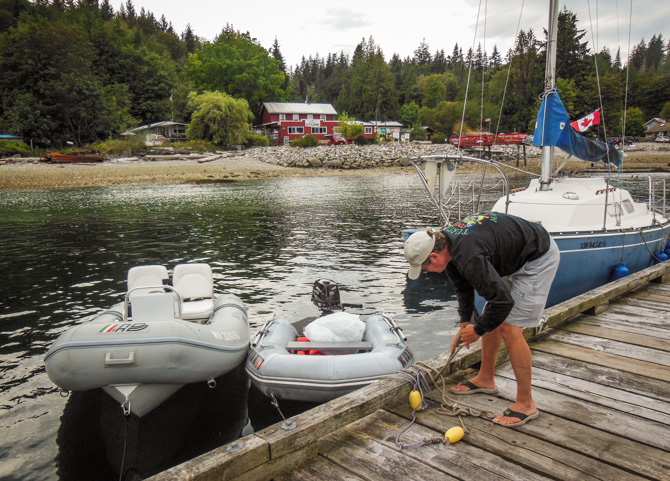








The pirate boat (below) sent their tender out to collect a small group of aptly dressed young ladies.

Our trip into the village of Squirrel Cove was three hours tops. As far as getting off the boat, Lisa was good to go for another day, but I was still up for a little more exploration by dinghy, so when I dropped her off at the boat, I continued on to explore the anchorage at Squirrel Cove. As it turned out it became a little more than I had bargained for… I almost missed dinner.
Sometimes a guy just has to get away by himself to explore new territory by himself. I thought this would also offer up an opportunity to return to the boat with stories to share with Lisa, something hard to do when we’re always together. I had heard about an inner lake near the anchorage that is impossible to transit, even by dinghy, at low tide, and also not possible at high tide when the current is creating full-fledged rapids, but my source said that it could be negotiated at or close to slack tide. Sounded like just the sort of challenge for me… just what I was looking for to brighten up my afternoon.
Consequently, I set out to investigate this mysterious channel before slack tide, thinking to myself that this adventure would be worth some spousal separation. Time-wise, I thought a good half hour or forty-five minutes tops would do the trick. As I approached the northeast side of the small inlet to the lake, I could see water filling the approximately 100-foot channel with the incoming tide. I ventured a little closer to get a better vantage point, thinking all would be OK and just as I was processing this thought a kayaker had come through the rapids and continued past me. As I inched closer I realized the shallow, rock-laden, and narrow mouth of the inlet would be problematic for my small dinghy, much less returning against the current. TOO LATE!!! The outboard prop caught a rock, the engine died, and I went for the oars… without control of the dinghy the current sucked me through into the calm interior of the landlocked little lake.
Now what to do, I thought to myself as I restarted my outboard and slowly cruised around the small pristine lake, enjoying the undisturbed natural setting. I May as well take a look around while I was there, but all during that time I was thinking, how the heck am I going to get back out? Nightfall was not far off and slack tide was at least two hours away. Of course, I had not brought my cell phone or portable VHF radio, so I couldn’t alert Lisa, who was comfortably enjoying our anchorage back at Kismet. It was about this time I spotted another dinghy in the far reaches of the inner lake and decided to head his way. My thoughts were that this guy would have more knowledge of the area than I did and surely would have an exit strategy in place. Subsequently, I introduced myself to Peter, who I found out was in the exact same predicament as myself, he was also stressed about being late for dinner back on his anchored boat and perplexed as to what to do next.
Peter suggested we both raise our outboard dinghy engines to their highest transom elevation, in order to reduce our draft, then we could try to run hard up against the turbulent rapids. We both tried and failed, the current was that strong against our small outboards, besides, if we had drifted into the really shallow rock areas we could have caused damage to the prop and/or the dinghy. Our next strategy included the aid of a friend of Peter’s who had, lucky for us, just kayaked up to the inlet and landed his craft on the outside mouth of the rapids. Peter’s friend suggested we do a three-way relay and pull the dinghies (one at a time), with a long painter line, up through the rapids. At the shore’s edge, one person stood on slippery rocks and steadied the dinghy close to the rock-strewn shore, another pulled the dinghy forward 20 feet, while the third person took the newly created available line up the channel another 20 feet and began another pulling process. We did this relay method three or four times for each dinghy and finally made it back to the anchorage with both Peter, his friend, and I returning to the dry warmth of our respective boats… just in time for dinner.

By the time I got back to the boat, I was pooped, but it was a fun time and makes for a good story.


I was so excited about my little adventure, the next morning before we left the cove, I took Lisa over to the rapids so she could fully appreciate the dilemma I faced the day before.




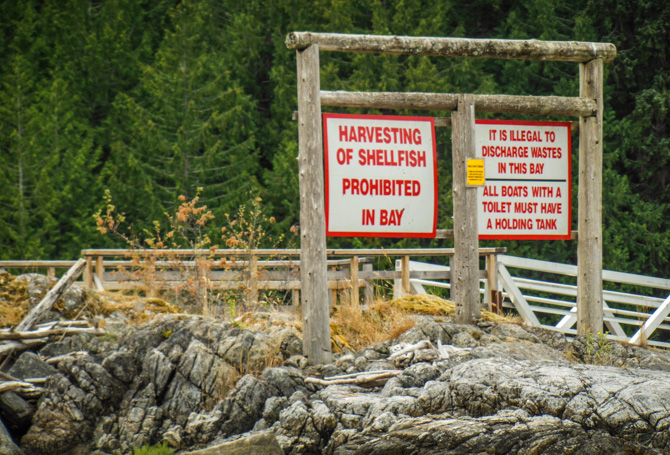




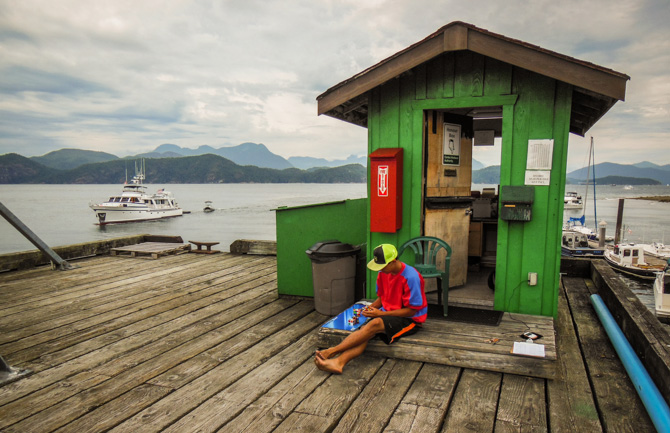
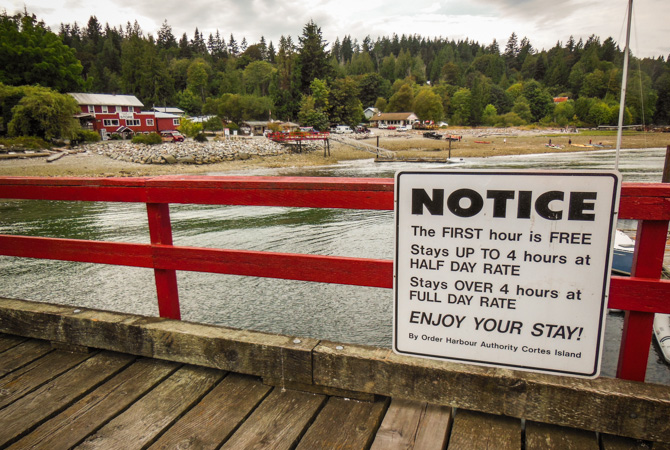
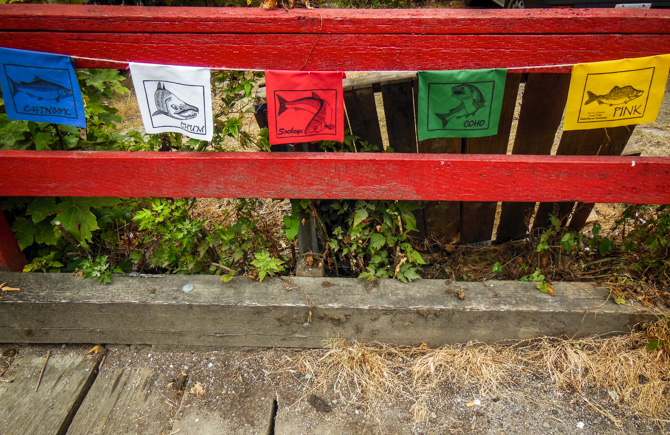


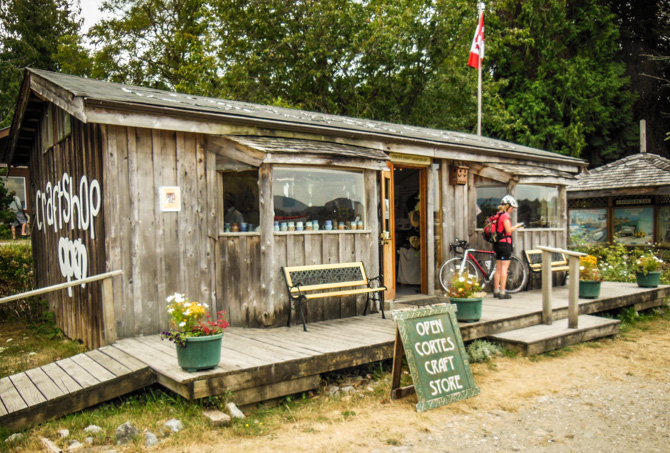




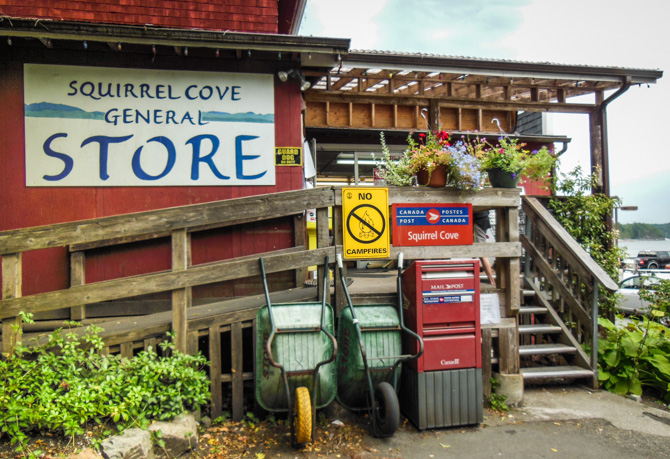




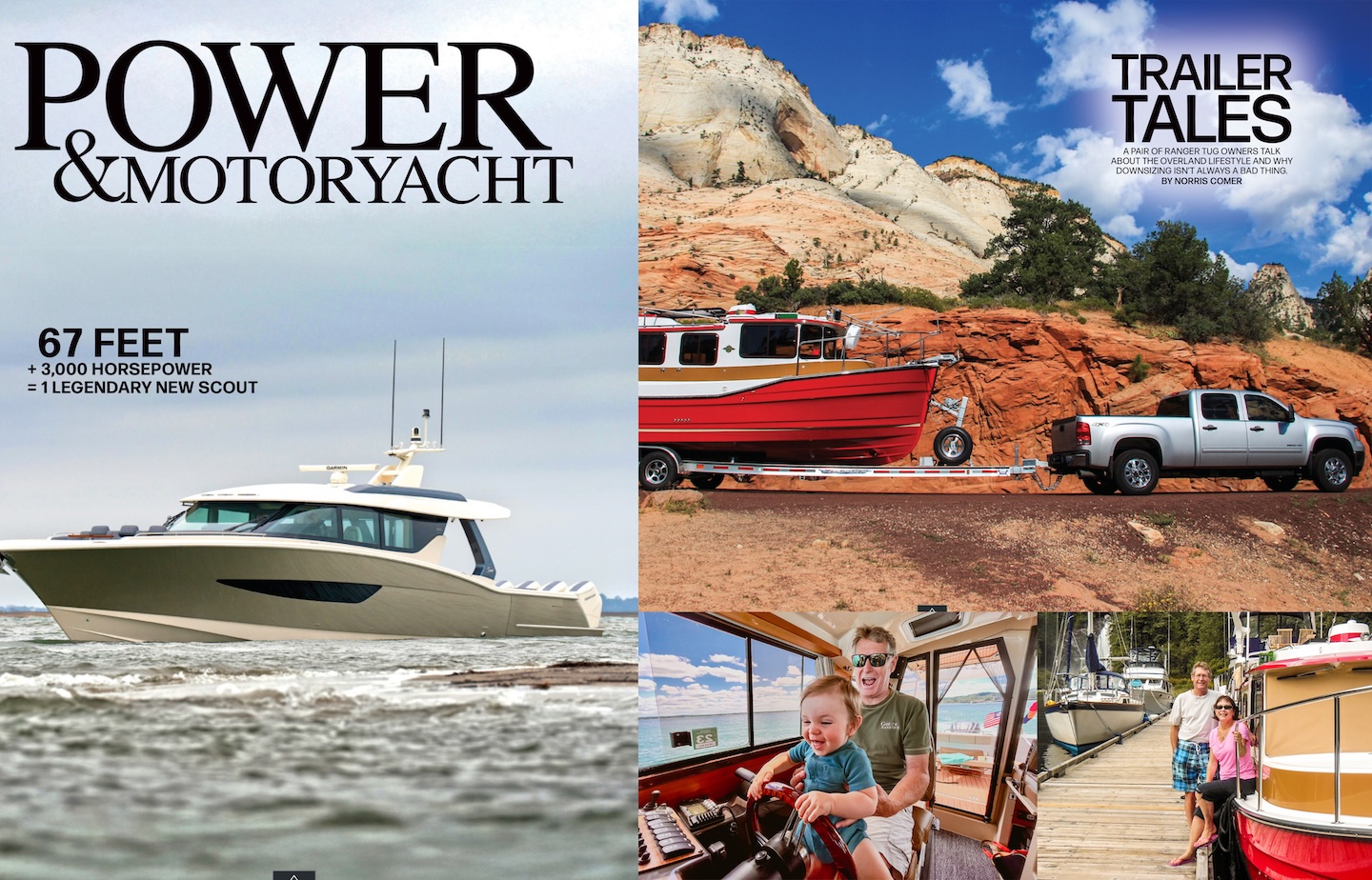
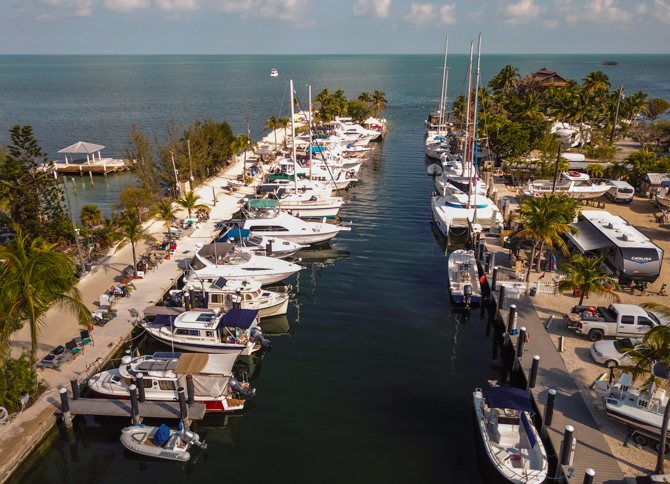
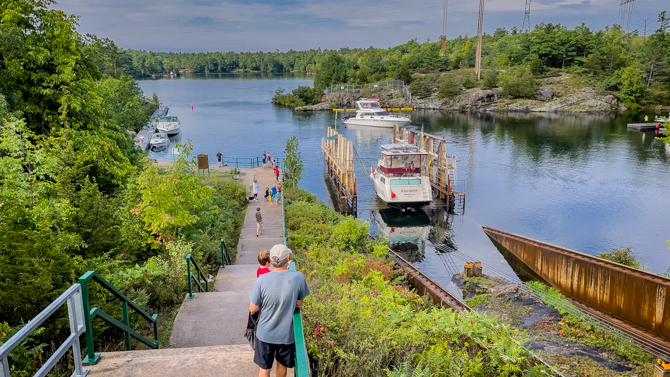
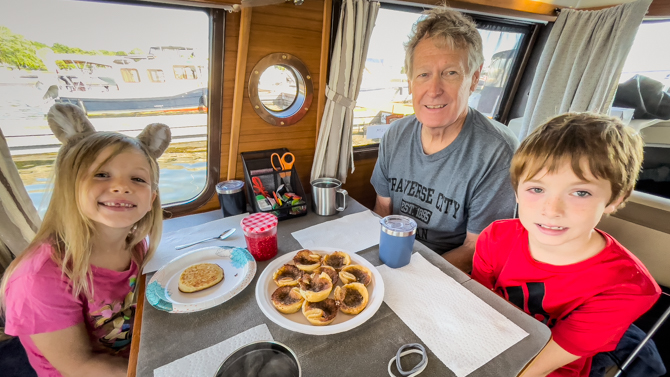
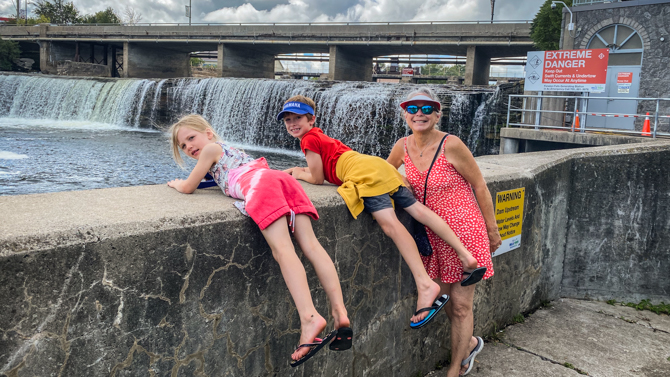
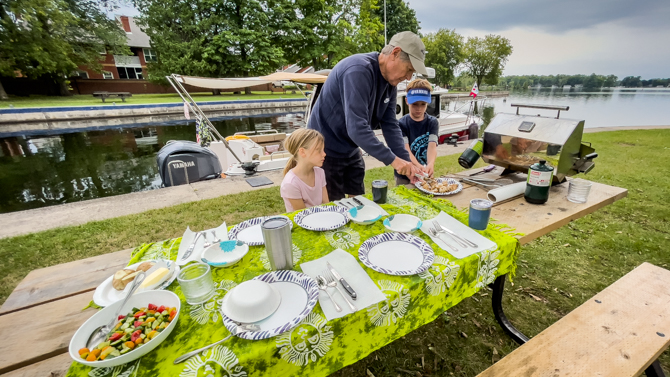
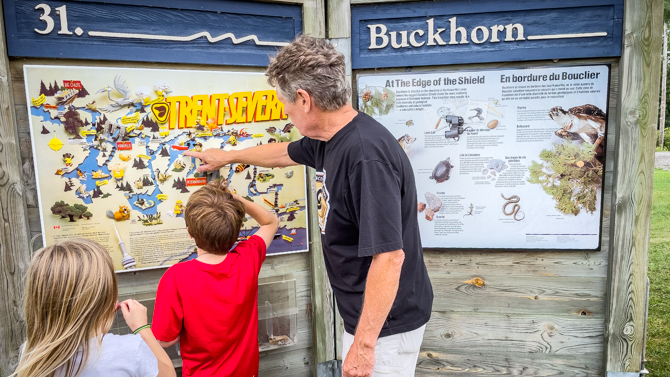
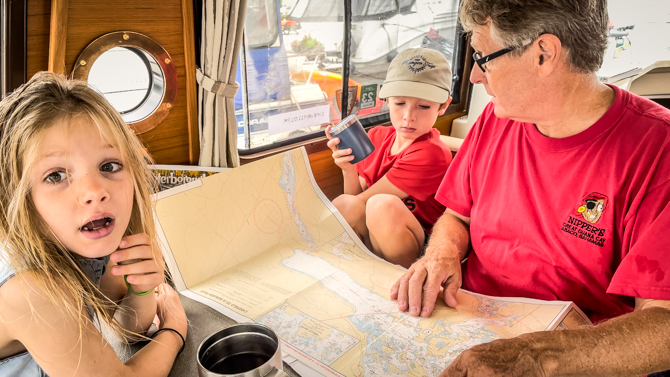
Comments (0)